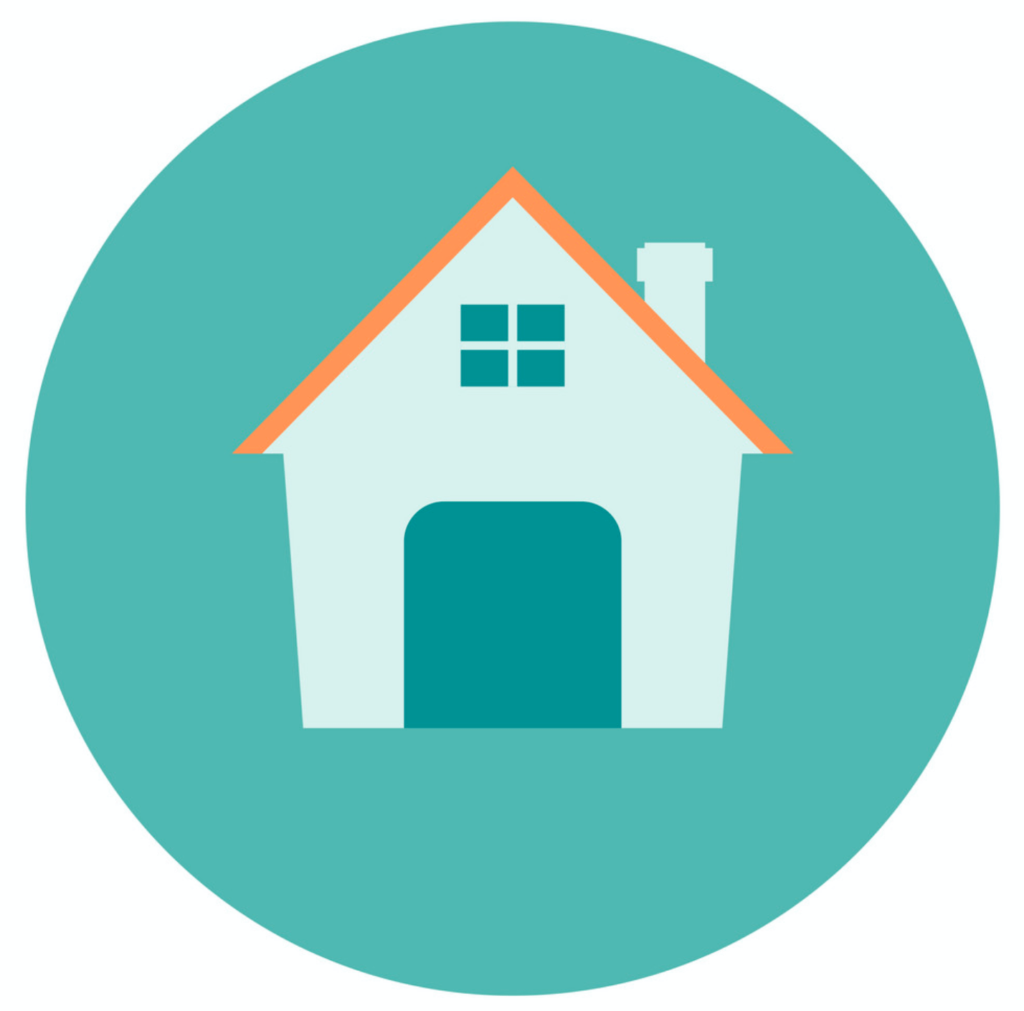The overall home price index for the 20 metros that today’s S&P CoreLogic Case-Shiller Home Price Index covers declined by 0.6% from the prior month, the second month in a row of declines.
The index formed a double-top with the first peak in June 2022 and the second peak in October 2023. The close-up of the 20-Cities index shows the double-top, and now the beginnings of the downward slope off the second top:
Today’s S&P CoreLogic Case-Shiller Home Price Index for “December” is a three-month moving average of home prices whose sales were entered into public records in October, November, and December. It lags, but it uses the “sales-pairs method,” comparing the sales price of the same house over time, thereby eliminating the issues associated with median prices and average prices (see “Methodology” toward the end of the article).
The long view of the 20-Cities Index shows the mind-blowing surge over the past few years: This kind of head-scratcher double-top has never occurred in the history of the index
Prices were below their 2022 peaks in 9 metros of the 20 metros in the Case-Shiller index (% from their respective peak in 2022, month of peak):
- San Francisco Bay Area: -13.4% (May 2022)
- Seattle: -12.5% (May 2022)
- Portland: -7.7% (May 2022)
- Denver: -6.6% (May 2022)
- Phoenix: -6.0% (June 2022)
- Las Vegas: -5.0% (July 2022)
- Dallas: -5.6% (June 2022)
- San Diego: -3.4% (May 2022)
- Los Angeles: -0.4% (May 2022)
Month-to-month declines occurred in 17 of the 20 metros. Only Miami, Los Angeles, and Las Vegas had month-to-month increases. The index for Las Vegas and Los Angeles remained below the 2022 peaks.
Miami was the only metro of the 20 metros to set a new high in December.
The most splendid housing bubbles by metro.
San Francisco Bay Area single family houses:
- Month to month: -0.9%
- Year over year: +3.2%
- From the peak in May 2022: -13.4%.
San Francisco Bay Area condos:
- Dropped to level first seen in April 2018
- Month to month: -2.6%
- Year over year: +0.04%
- From the peak in May 2022: -10.6%.
Seattle metro:
- Month to month: -0.5%.
- Year over year: +3.0%.
- From the peak in May 2022: -12.5%.
Portland metro:
- Month to month: -1.0%.
- Year over year: +0.3%.
- From the peak in May 2022: -6.8%.
Las Vegas metro:
- Month to month: +0.2%.
- Year over year: +4.2%.
- From the peak in July 2022: -5.0%.
Denver metro:
- Month to month: -0.5%.
- Year over year: +2.3%.
- From the peak in May 2022: -6.6%.
Phoenix metro:
- Month to month: -0.6%.
- Year over year: +3.8%.
- From the peak in June 2022: -6.0%.
Dallas metro:
- Month to month: -0.7%.
- Year over year: +2.1%.
- From the peak in June 2022: -5.6%.
San Diego metro:
- Month to month: -0.8%.
- Year over year: +8.8%.
- From the peak in May 2022: -3.4%.
Los Angeles metro
- Month to month: +0.1%.
- Year over year: +8.3%.
- From the peak in May 2022: -0.4%.
Tampa metro:
- Month to month: -0.3%, essentially unchanged for four months
- Year over year: +4.1%.
- From high in November 2023: -0.3%.
Washington D.C. metro:
- Month to month: -0.04%.
- Year over year: +5.1%.
- From high in September: -0.6%.
Boston metro:
- Month to month: -0.8%.
- Year over year: +7.2%.
- From high in October: -1.0%.
Miami metro:
- Month to month: +0.2%
- Year over year: +7.8%.
- Set new high.
New York metro:
- Month to month: +0.04%.
- Year over year: +7.6%.
- The high was the prior month.
To qualify for the Most Splendid Housing Bubbles, the metro must have experienced home price inflation since 2000 of at least 180%. The indices were set at 100 for the year 2000. Today’s index value for Miami of 429 is up 329% since 2000, making Miami the most splendid housing bubble on this list.
The remaining 6 of the 20 metros in the Case-Shiller index (Chicago, Charlotte, Minneapolis, Atlanta, Detroit, and Cleveland) had less home price inflation than 180% since 2000, despite the price spikes in recent years.
Chicago, with an index value of 197 is up by 97% from 2000, and therefore does not qualify for this list of the Most Splendid Housing Bubbles, but prices experienced a red-hot spike since May 2020, and so here is Chicago anyway:
- Month to month: -0.2%
- The high was in October 2023
- Year over year: +8.1%.
Methodology. The Case-Shiller Index uses the “sales pairs” method, comparing sales in the current month to when the same houses were sold previously. The price changes are weighted based on how long ago the prior sale occurred, and adjustments are made for home improvements and other factors. This “sales pairs” method makes the Case-Shiller index a more reliable indicator than median price indices (37-page methodology).
Home-Price Inflation. By measuring how many dollars it takes to buy the same house over time via the “sales pairs” method, the Case-Shiller index is a measure of home price inflation. So Miami had 329% home price inflation since 2000. By comparison, consumer price inflation, as measured by CPI, was 82% over the same period.

